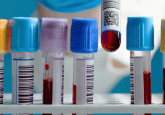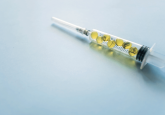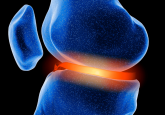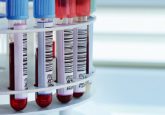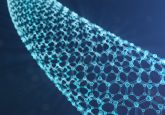Intense ultrasound enables less invasive cancer biopsies
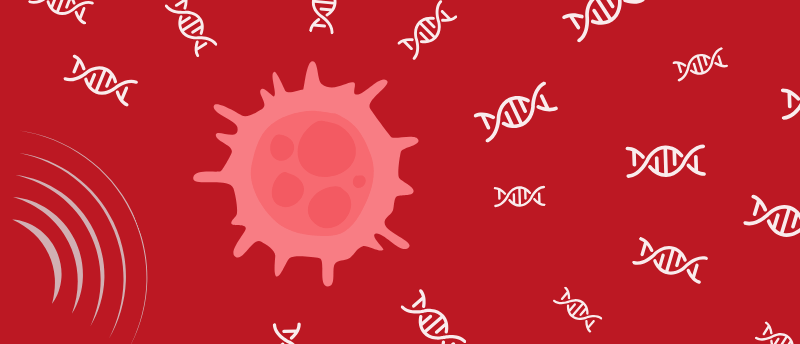
Intense ultrasound helps release cancer biomarkers from cells to enable less invasive and more affordable cancer screening.
Ultrasound imaging is a non-invasive and valuable method used to locate and monitor tumors. However, ultrasound cannot provide crucial information about tumors, such as the types of cells and mutations present. This information requires invasive biopsies, which can be damaging. Now, a team of researchers from the University of Alberta (Canada) has developed a technique to extract this information in a less invasive way. The research was presented at the joint meeting of the Acoustical Society of America and the Canadian Acoustical Association (13–17 May 2024; Ottawa, Canada).
The researchers employed intense ultrasound to create tiny pores in cell membranes, a process known as sonoporation. Through these pores, cells release biomarkers, such as miRNA, mRNA or DNA into the bloodstream, increasing their concentration to a high enough level that oncologists can then detect them through a simple blood test. This method allows oncologists to detect cancer, monitor its progression and assess treatment without the need for painful biopsies.
“Ultrasound can enhance the levels of these genetic and vesicle biomarkers in blood samples by over 100 times,” commented study lead Roger Zemp. “We were able to detect panels of tumor-specific mutations, and now epigenetic mutations that were not otherwise detectable in blood samples.”
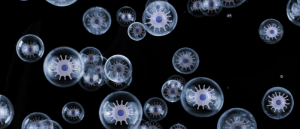 Viewing macrophages with a novel ultrasound imaging technique
Viewing macrophages with a novel ultrasound imaging technique
Using a bubble-based technique, researchers can now image macrophages in situ.
Not only was this approach successful at detecting biomarkers, but it also boasts a lower price compared to conventional testing. Current methods can cost around US$10,000 per test, but the ultrasound-aided blood tests cost the price of a COVID-19 test.
The team has also used the same technique to liquefy small volumes of tissue for biomarker detection. The liquified tissue can be extracted from blood samples or through fine-needle syringes, which is a less invasive option than the damaging core-needle alternative.
The technique offers clinicians a more accessible pathway for early identification and consistent monitoring of cancers and their response to treatment, without the associated risks and expenses of repeated biopsies. “We hope that our ultrasound technologies will benefit patients by providing clinicians a new kind of molecular readout of cells and tissues with minimal discomfort,” concluded Zemp.
